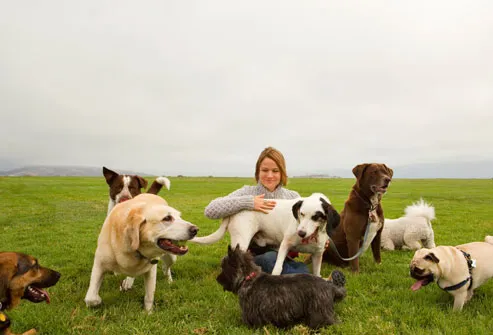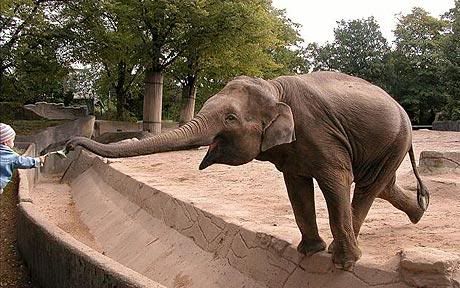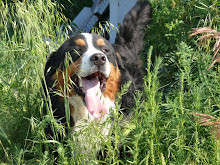In the late 1970's, the main focus of the anti-sealing industry was to stop the harvest of harp seal pups. For the last 20 years, the main focus by the anti-sealing industry is the making of money. In North America, each and every year, ten times as many deer are shot and killed compared to harp seals. More then 600 thousand deer are killed by vehicles alone in the United States last year. Add to that figure the two million white-tailed deer which are shot by hunters every year in North America (according to the New World Encyclopedia). The two million does not take into account all the other deer species either.
The 2009 Canadian sealing season brought in only 59 500 seal pelts worth approximately 1 million dollars. Animal rights groups, during 2009, earned approximately 300 million dollars worldwide protesting against the Canadian seal hunt. The majority on the money raised by animal rights groups, unfortunately, is not put to good practical use. One campaign by PETA for example ( People for the Ethical Treatment of Animals), wanted all of us to only eat ice cream made from human breast milk rather then cows milk. This would be a real good example of how animal rights groups spend their donation dollars.
Animal rights today for the most part is a internet hoax.They do little or nothing at all for the environment, protection of animal species or animal welfare. Their job is to lay this guilt trip on us all in the hopes of getting you to donate money. The HSUS ( Humane Society of the United States)International Fund for Animal Welfare) earned a hefty 91 million dollars. Fundraising, not the care of animals in the objective here with these groups.
does exactly that and does it very well. In 2008, the HSUS earned 107 million dollars sucking in people with big hearts for donations. IFAW ( IFAW is one of the worst animal rights propaganda machines to have ever been in operation throughout history. No lie or deceit is to big to line their pockets. In fact the founder of the IFAW sold his name and affiliation to the IFAW when he retired for 2.5 million dollars even though he was making more then 3 hundred thousand dollars a year as their employee for years. The amount of money these so called non-profit animal rights groups throw around is just staggering.
HSUS in their 2008 taxes showed $5,454,258 had been set aside for retirement benefits. Nearly 5 and a half million dollars for retirement and this is what your donations are used for. And all of you thought the money was going to help out animals. Another good example of animal rights groups wasting your donations occurred when Peta tried to sue The California Milk Advisory Board in 2002 over a commercial they made showing "happy cows adds". "A lawsuit filed by People for the Ethical Treatment of Animals challenges whether the California dairy industry's award-winning ad campaign featuring "Happy Cows" frolicking in verdant pastures is false advertising." PETA believed the cows were in fact "not happy" and spent 10's of thousands of donated dollars to prove it. One must really question the sanity here.
-Post submitted by "No Picture"
The 2009 Canadian sealing season brought in only 59 500 seal pelts worth approximately 1 million dollars. Animal rights groups, during 2009, earned approximately 300 million dollars worldwide protesting against the Canadian seal hunt. The majority on the money raised by animal rights groups, unfortunately, is not put to good practical use. One campaign by PETA for example ( People for the Ethical Treatment of Animals), wanted all of us to only eat ice cream made from human breast milk rather then cows milk. This would be a real good example of how animal rights groups spend their donation dollars.
Animal rights today for the most part is a internet hoax.They do little or nothing at all for the environment, protection of animal species or animal welfare. Their job is to lay this guilt trip on us all in the hopes of getting you to donate money. The HSUS ( Humane Society of the United States)International Fund for Animal Welfare) earned a hefty 91 million dollars. Fundraising, not the care of animals in the objective here with these groups.
does exactly that and does it very well. In 2008, the HSUS earned 107 million dollars sucking in people with big hearts for donations. IFAW ( IFAW is one of the worst animal rights propaganda machines to have ever been in operation throughout history. No lie or deceit is to big to line their pockets. In fact the founder of the IFAW sold his name and affiliation to the IFAW when he retired for 2.5 million dollars even though he was making more then 3 hundred thousand dollars a year as their employee for years. The amount of money these so called non-profit animal rights groups throw around is just staggering.
HSUS in their 2008 taxes showed $5,454,258 had been set aside for retirement benefits. Nearly 5 and a half million dollars for retirement and this is what your donations are used for. And all of you thought the money was going to help out animals. Another good example of animal rights groups wasting your donations occurred when Peta tried to sue The California Milk Advisory Board in 2002 over a commercial they made showing "happy cows adds". "A lawsuit filed by People for the Ethical Treatment of Animals challenges whether the California dairy industry's award-winning ad campaign featuring "Happy Cows" frolicking in verdant pastures is false advertising." PETA believed the cows were in fact "not happy" and spent 10's of thousands of donated dollars to prove it. One must really question the sanity here.
-Post submitted by "No Picture"












